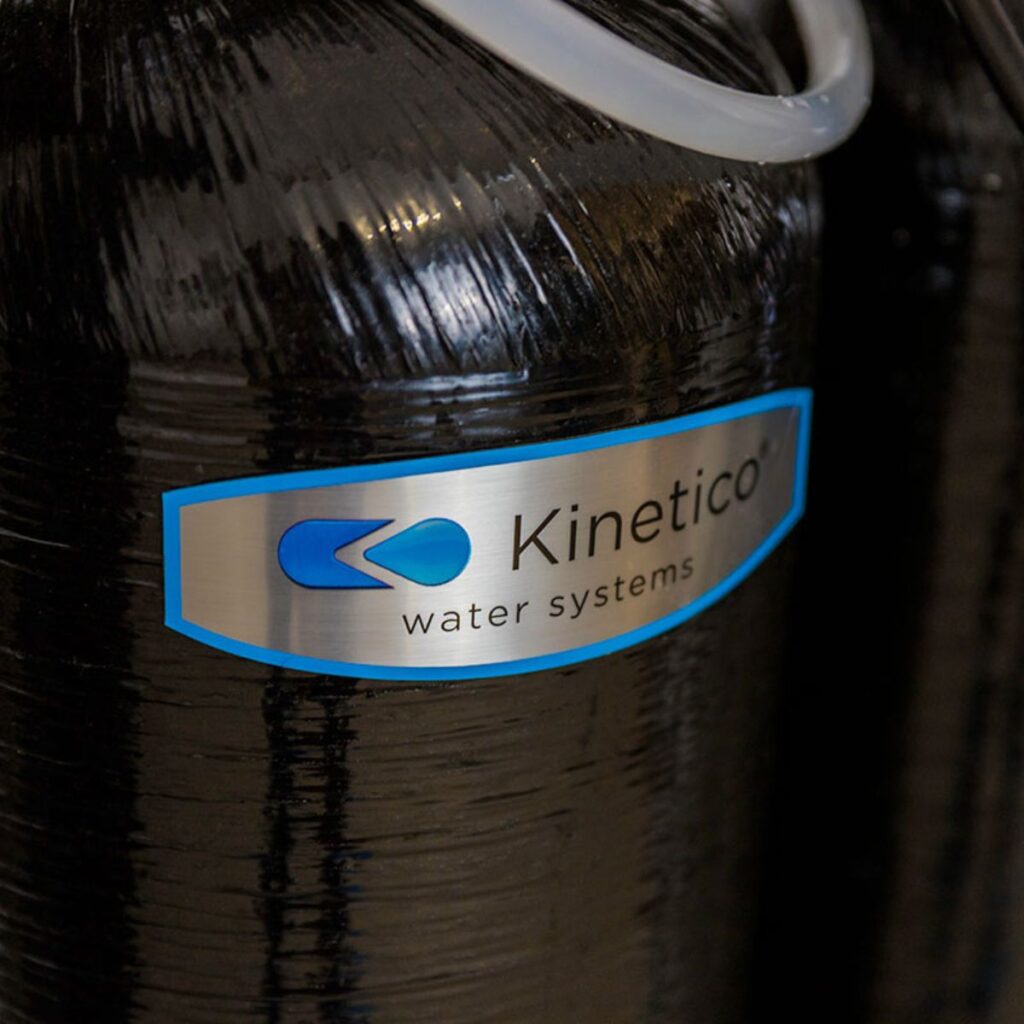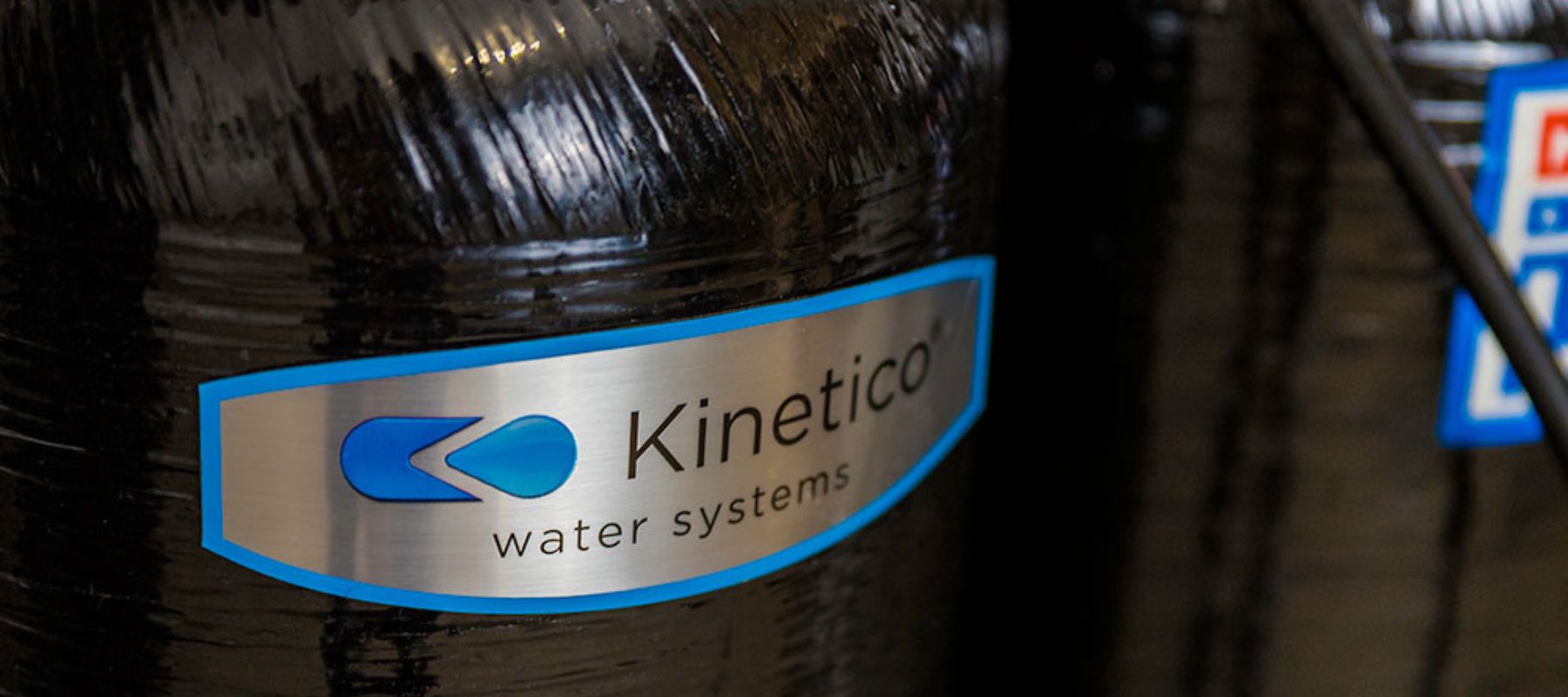We’re Your Team Of San Antonio Water Softener Experts
San Antonio is known for its hard water that disrupts plumbing performance and comfort. As a result, homeowners throughout the community go online, searching for “water softener companies near me” in hopes of finding a solution.
At Kinetico of San Antonio, we’re here to help. We’ve spent over five decades ensuring local families get consistent, high-quality water through dependable equipment and attentive service.
Our team takes a consultative approach, making sure each customer understands their options before moving forward. With us by your side, you can expect honest recommendations, professional installation and a product that’s built to last.

Why San Antonio Homes Need A Water Softener System
The water in San Antonio often measures well above 15 grains of hardness per gallon — a level that can quickly lead to mineral buildup inside pipes and fixtures. This buildup, commonly called scale, restricts water flow and forces appliances like dishwashers and water heaters to work harder. The result is higher utility costs and more frequent repairs.
Hard water also leaves behind signs around the home: spots on glassware, itchy skin, soap scum in showers, dull hair and laundry that feels stiff after washing. A household water softener helps eliminate these minerals at the source, preserving your plumbing and improving overall water quality for years to come.
The Kinetico Difference: Find The Best Water Softener For Your Home
Not all softeners are built the same, and at Kinetico of San Antonio, we’re proud to provide reliable systems from the Kinetico brand. These systems use the power of moving water — not electricity — to operate. This means our systems run quietly, efficiently and only when needed, helping to conserve both energy and water.
Furthermore, we offer water softener systems that feature a twin-tank design to ensure uninterrupted service, even during regeneration. When one tank is cleaning itself, the other remains active — so your home always has access to soft water.
Built for durability and performance, Kinetico systems are tested to meet high standard of reliability. For homeowners in San Antonio, TX, that translates to continued, dependable performance.
What To Expect During Your Water Softener Installation
Installing a water softener system begins with understanding your home’s water. Our process starts with a free in-home water test, where we measure hardness levels and identify any other concerns that might affect your system’s performance. From there, we recommend a solution tailored to your household size, water usage and plumbing layout.
During the water softener installation, our trained technicians handle every step — from setup and connection to testing and calibration. We ensure your system is operating correctly before we leave and provide guidance on how to maintain it for optimal results. The process is straightforward, professional and typically completed in a single visit.
Benefits Of A Professionally Installed Water Softener System
A properly installed household water softener can make a noticeable difference in how your home functions day to day. With softened water, you’ll likely see:
- Reduced scale buildup on faucets, showerheads and plumbing fixtures
- Extended lifespan of appliances such as dishwashers and washing machines
- Improved water heater efficiency, as softened water prevents mineral coating on heating elements
- Less soap and detergent use, since soft water lathers more easily
- Softer hair and skin, free from the residue hard water leaves behind
These changes not only improve comfort but can also help lower maintenance costs and energy use over time. It’s important to have a professional install your whole-home system to ensure that all connections are secure — eliminating the risks of plumbing mishaps in your home.
Schedule Your Free Water Test Today
If you’re dealing with scale buildup, cloudy glassware or dry skin, it might be time to explore a water softener system installation. Our team at Kinetico of San Antonio is here to help you find the right solution for your home. We’ll test your water at no cost, explain the results and recommend a system that fits your needs and budget.
Investing in a good water softener is more than a convenience — it’s a way to protect your home and your appliances for the long run. Contact us today to schedule your free water test and take the first step toward cleaner, softer water.
More Water Softeners
Set Your Kinetico of West Texas Location
test
San Antonio, TX
San Antonio, TX 78249




